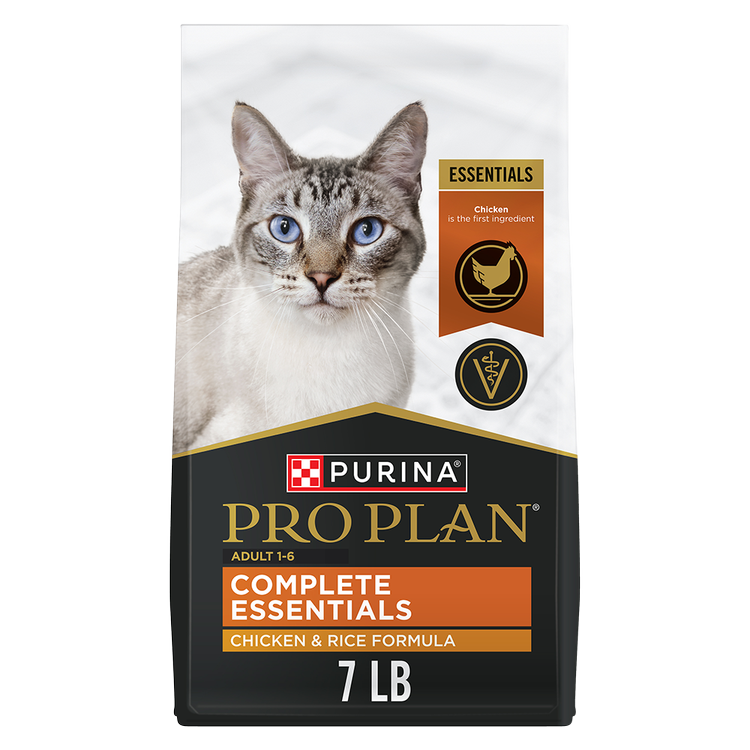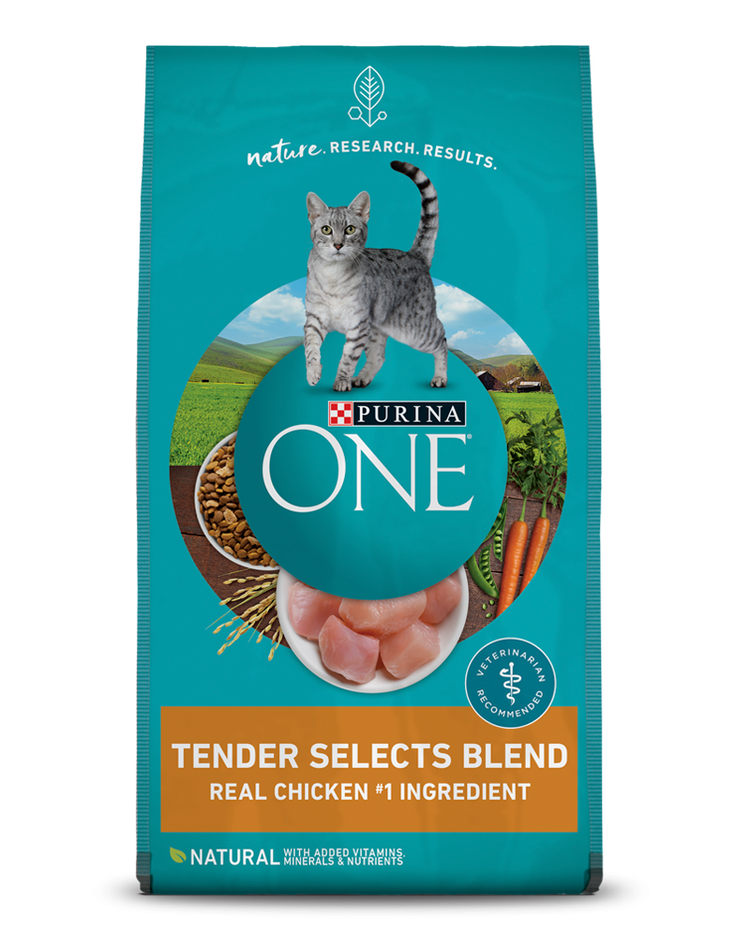Purring is one of the domestic cat’s most iconic vocalizations. It’s not good or bad. We really don’t fully understand the mystery behind why cats purr.
What we do know is it’s used to communicate emotions and needs—just like smiles, tail wags and positions seen in other species. Because kittens are born both deaf and blind, purring may be one of the ways they communicate with their mother. Cats also purr to engage with other cats.
You can deduce why your feline friend is purring based on context clues of each situation in which it occurs.
Why Do Cats Purr When You Stroke Them?
If you’re wondering why your cat purrs when she’s stroked, it’s likely because she’s feeling relaxed. If she purrs when she’s being held or around a stranger, she could be feeling anxious.
Cats may even purr to help themselves rest or repair injuries. This is why your cat may purr when giving birth or in distress. If you notice a change in your cat’s behavior combined with unusual purring, this could be a sign that your cat is in pain and should see a veterinarian.
A high-pitched mixture of purring and meowing is what experts call a “solicitation purr.” It likely means she wants attention or food.
“Studies have demonstrated the ‘solicitation purr’ is most used by adult cats and directed toward humans to solicit food,” says Dr. Annie Valuska, Ph.D. “This purr has a high frequency voiced component within it that human participants consistently judged as more urgent and less pleasant than a ‘normal’ purr.
“The frequencies of this ‘voiced peak’ correspond to those of human infant distress cries, which could explain why they are so easily perceived by humans as urgent.”
You may hear your cat use this particular purr to communicate she’s ready for her next meal.
How Do Cats Purr?
Cats purr using their larynx and diaphragm. Both muscles move at a fast rate of about 20 to 30 times per second to vibrate the air moving in their body, producing an audible sound.
Purring is possible because of the size and density of the hyoid bone that sits between the tongue and the roof of the mouth or the larynx. The flexibility of the bone is what allows the cat to purr when breathing in and out.
Purrs range from soft to loud and have different meanings based on how they are expressed. Certain cats purr more than others and some cats won’t purr at all.
Is Cat Purring Healing?
Purring may have healing and calming effects in cats. It may be a way to soothe themselves or other cats and self-heal after physical or emotional trauma. According to Dr. Valuska, studies have shown a correlation between purring and feline healing.
“Cat purrs occur at frequencies that exactly correspond to frequencies we know have various healing effects,” she says.
Cats purr between 25 and 150 Hertz, which aligns with the same frequency that improves healing in humans—so it’s possible cat purrs may benefit both felines and their human counterparts.
Effects of this frequency include, but are not limited to, the healing of bone and muscle, reduced risk of heart disease, decreasing blood pressure, and lowering signs of dyspnea or shortness of breath.
Next time you’re cuddled up with your cat, know that her purrs could be offering some healing in addition to affection.
To explore what else our experts have to say about cat behavior, visit our Pet Expertise page.

Earn myPurina Rewards with Every Purchase
Use your points for treats, toys, and gift cards with myPurina app.








